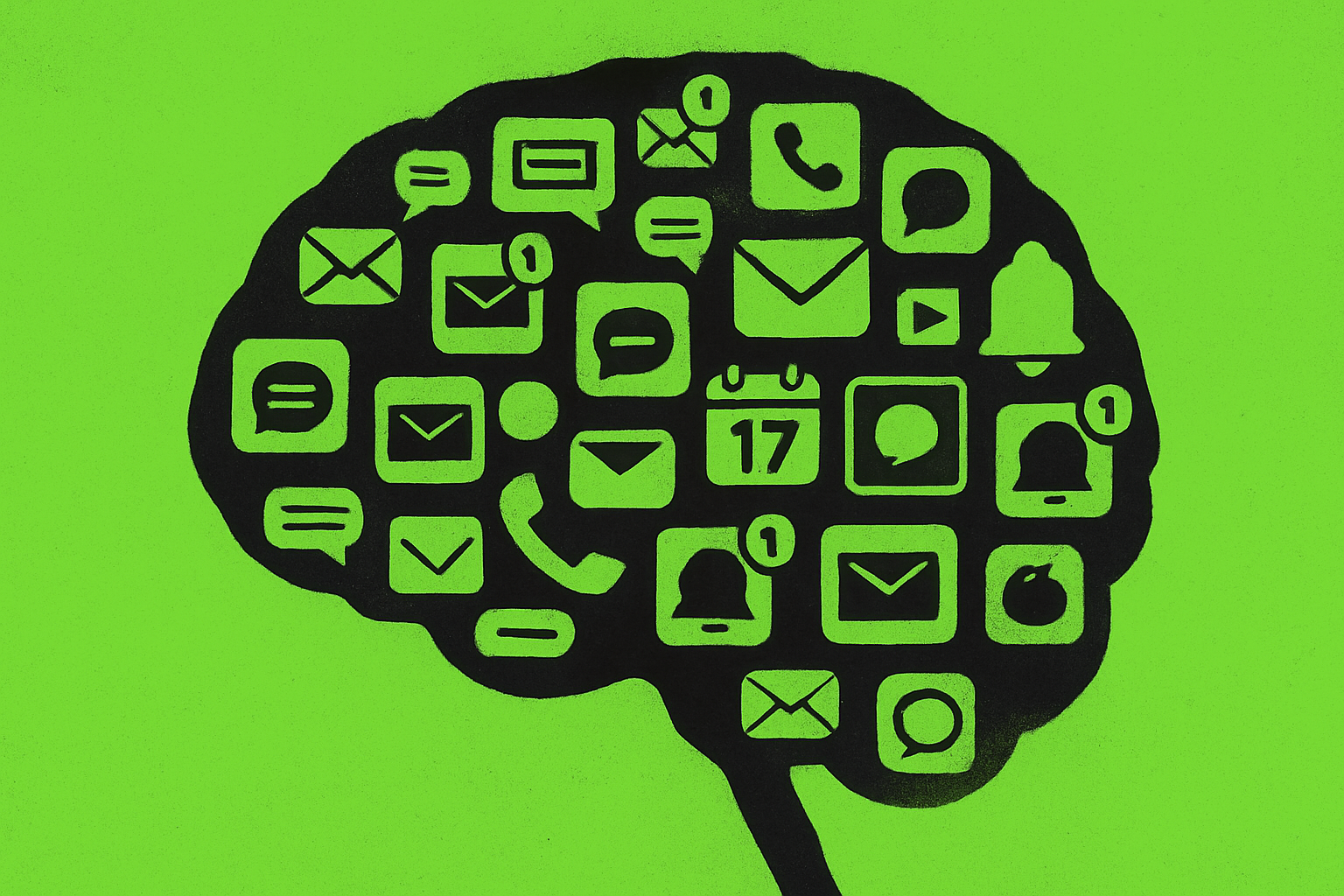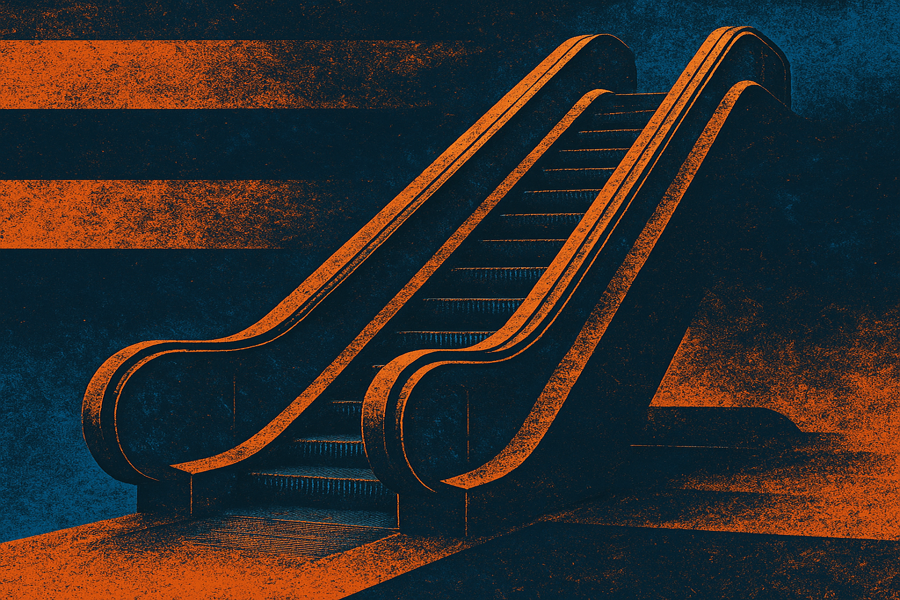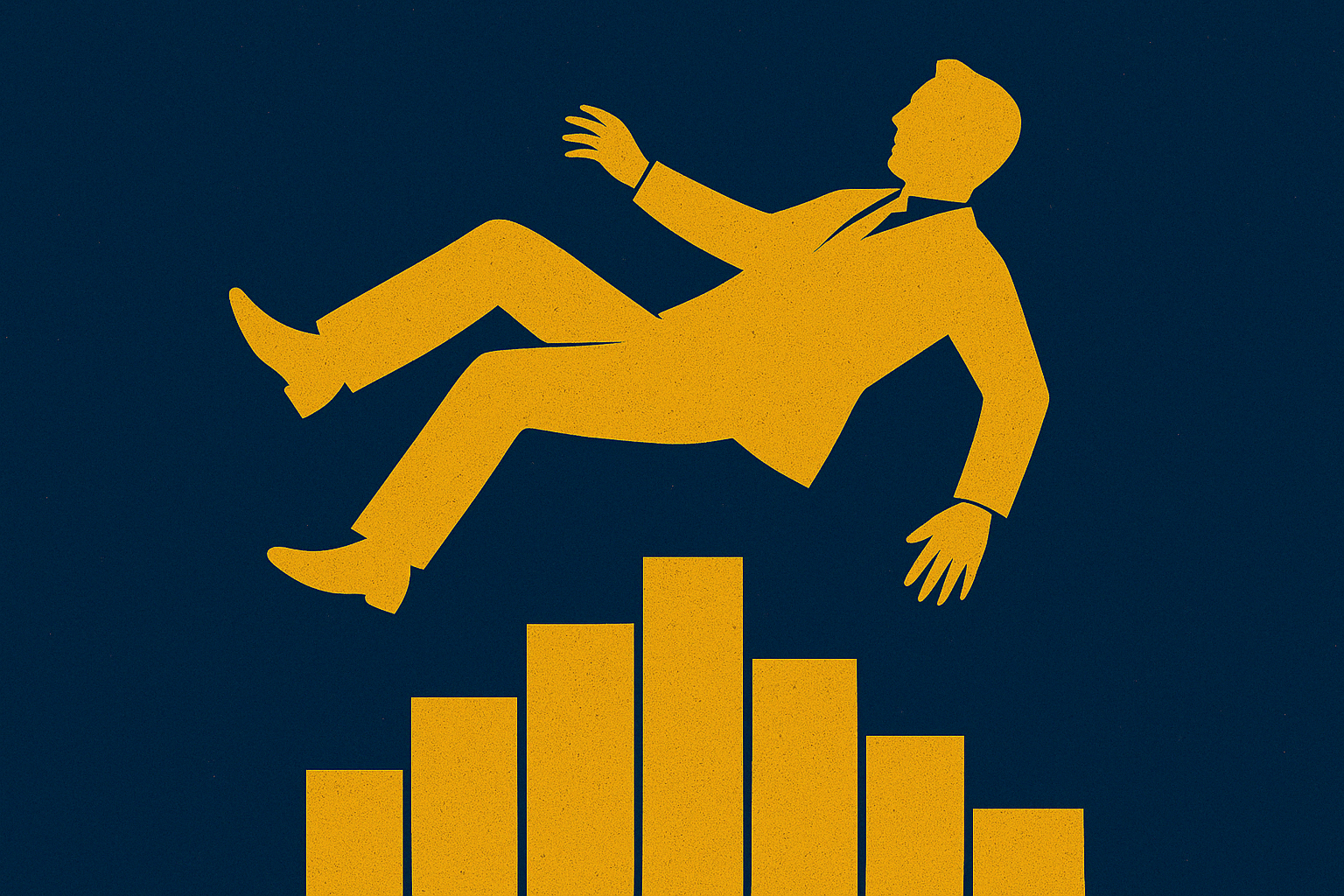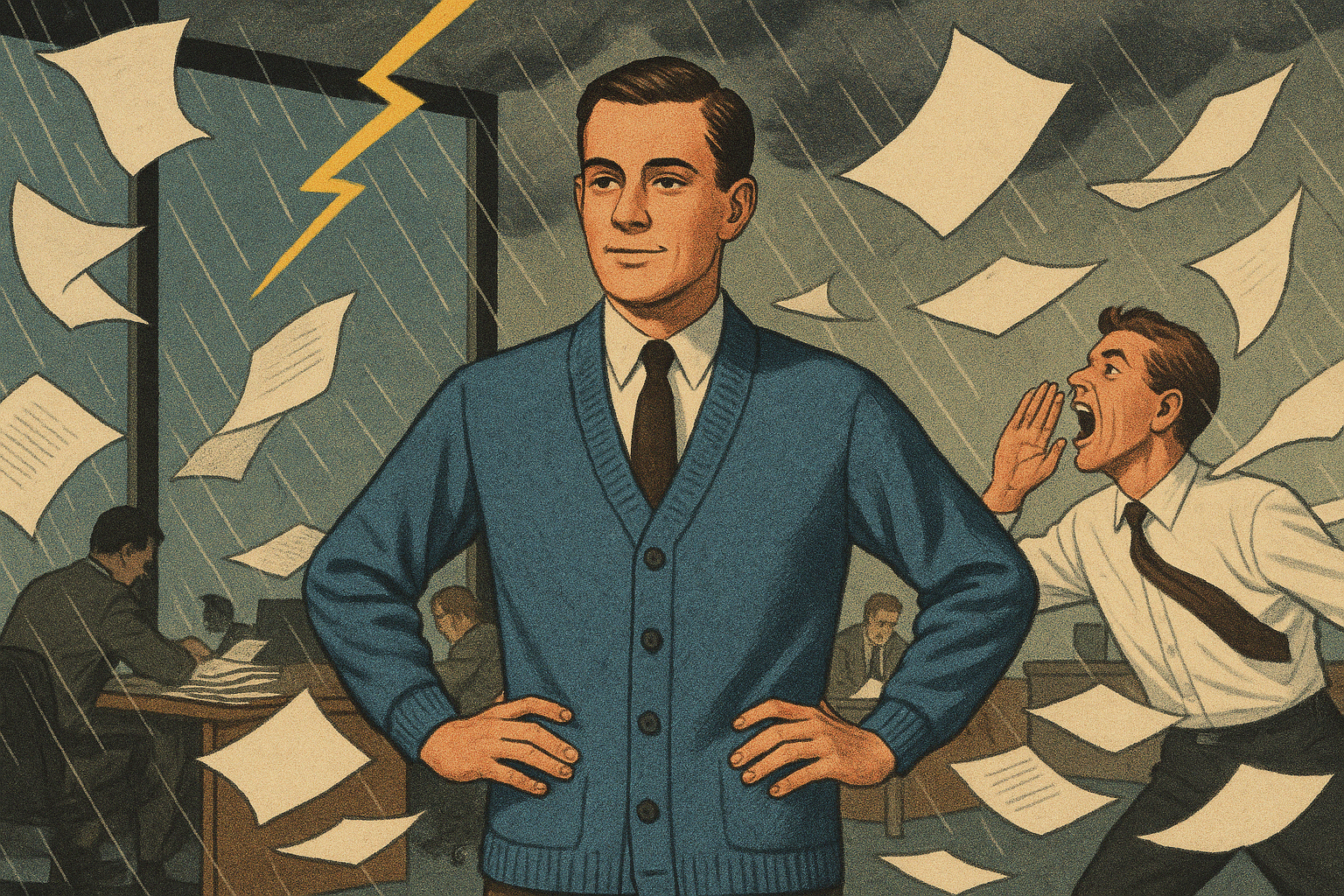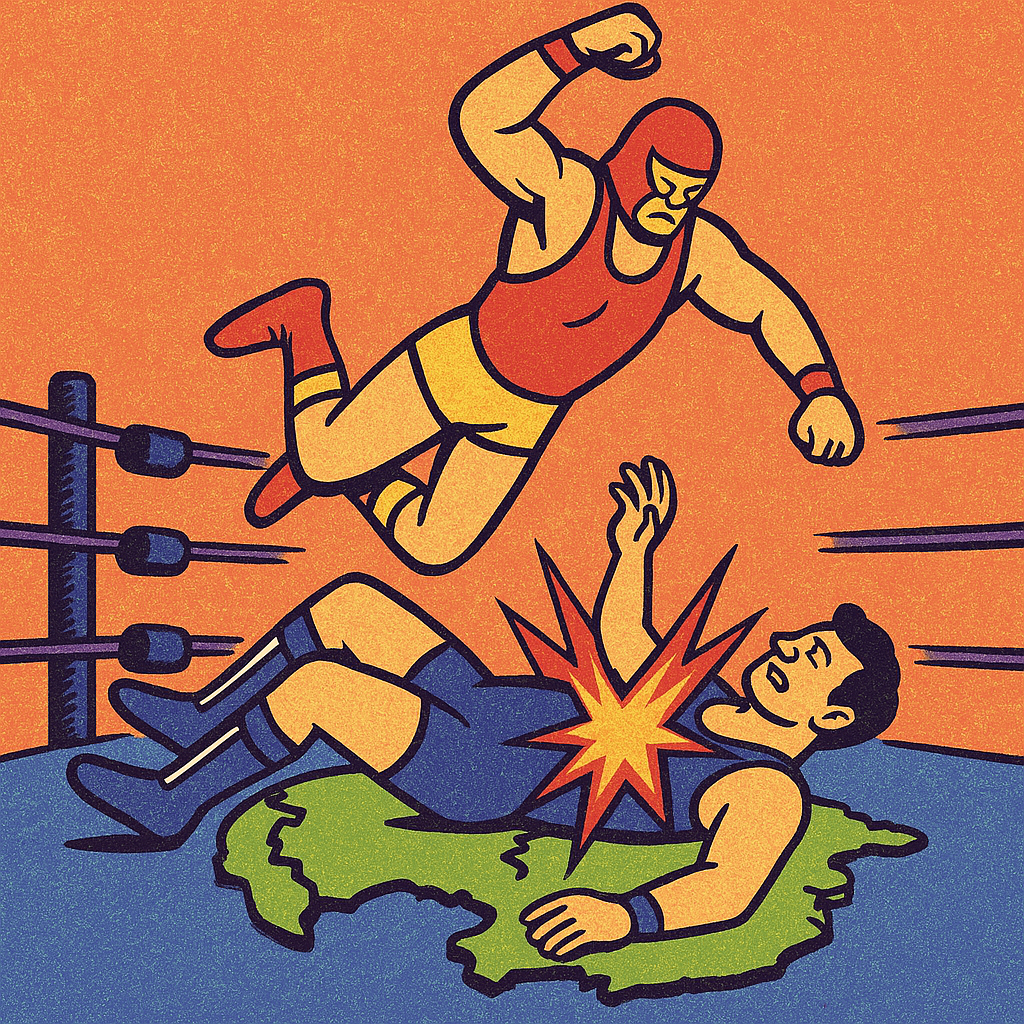A few months ago, I stepped down from my full-time role as CEO.
It had started maybe 6-8 months earlier, and I couldn’t quite put my finger on why I was feeling so incredibly burnt out… but I knew something had to change.
Looking back, I know my burnout stemmed – at least in part – by something called Continuous Partial Attention (CPA). It was coined by researcher Linda Stone (read more about it here).
Forget the academic jargon — CPA basically means constantly splitting your attention between multiple streams of information, without fully engaging in any of them.
It’s a f***ing relentless onslaught of distractions, and I was drowning in it.
The Dizzying Role
A typical day looked like this:
- Wake up to a flood: emails, Slack messages across multiple workspaces, Loom videos, texts from co-founders, direct reports, sick employees, “urgent” Zooms, consult requests pouring in from every direction.
- Phone buzzing nonstop: friends, family, doctors, caregivers, spam calls, endless notifications I forgot to mute.
- Apple Watch mirroring it all: news alerts, “health” reminders.
- Personal inbox abandoned: kid’s school updates, alumni notes, my CFP, the accountant asking for a quick call.
And I swear to God if my dentist sends me one more SMS I”m gonna freak the eff out.
It was a never-ending loop of partial attention.
And I knew it was my fault — I had let it spiral. But fixing it felt impossible.
I became more irritable, more distracted, and for the first time ever — forgetful.
The Science Behind the Strain
Research from Stanford shows that heavy multitaskers suffer from reduced memory and cognitive ability.
Constantly switching attention makes it harder to remember key details, think deeply, and stay emotionally steady — all essentials for actual leadership.
Linda Stone’s work takes it further: CPA leads to “digital dementia,” crushing our focus, creativity, and problem-solving ability.
Real-Life Proof from Two Gangsters
Shopify CEO Tobi Lütke openly advocates for managing attention deliberately, warning against the costs of multitasking and constant interruptions.
Lütke emphasizes that leaders must fiercely protect their attention to lead effectively, noting that fragmented focus diminishes decision-making quality and ultimately harms company culture and productivity.
He says, “My attention is the most liquid and valuable resource that I have”.
Jensen Huang, CEO of NVIDIA, is known for his disciplined communication style that promotes clarity and focus.
He expects emails to be concise—no more than six lines, double-spaced, with one sentence per line. This approach ensures his employees prioritize info – and it no doubt saves him time, and focus.
You don’t have to run a multi-billion-dollar company to apply this stuff. You can start small.
A Couple of Moves That Helped Me
There were two big changes I made in my last six months as CEO that helped me massively:
1. Killing 1:1s and Moving to GROW REPORTS
Like most CEOs, my calendar was packed with recurring 1:1s — plus chats with customers, partners, and random fires to put out.
The only real work I got done? Saturday and Sunday mornings.
Then an advisor I was working with challenged me: “It doesn’t have to be this way.”
At first, I pushed back. I had a million reasons why it had to be this way.
Eventually, he convinced me to run an experiment for three months:
- I deleted every 1:1 (except onboarding meetings).
- I canceled 90% of recurring meetings.
- I rolled out a system called GROW — a lightweight weekly update that lived inside email (yes, email — stop judging).
It stood for Goals, Results, Obstacles, What’s Next.
Does it sound like some annoying thing that a PWC consultant came up with? Yes.
But that doesn’t mean it wasn’t actually freaking awesome.

The GROW report:
Every direct report emailed me their GROW every Friday by 10 a.m.
That way I could review them that day, respond, and prioritize for the week ahead.
The result?
- My meetings dropped by about 65%.
- My mornings — my best thinking time — were now free for actual work.
- I headed into weekends lighter, not buried.
2. Enforcing the 5 Levels of Communication
Another big shift was how people brought problems to me.
Too often, I was getting half-baked issues with no real context. Or problems to solve on my own.
Over time, it felt like a massive mental tax.
So I rolled out a system — The 5 Levels of Communication (–>read the full post here) — to help people self-assess before escalating anything (I’m sure I stole it from someone, I just can’t remember who or where!)
Before sending something my way, my team was encouraged to think:
- Context: what’s actually happening?
- Angles: what are the different ways to see it?
- Solutions: what options have I considered?
- Recommendation: what do I suggest?
- Timeline: when do we actually need a decision?
It wasn’t rigid — just a reminder: given your role, have you thought this through?
Over time, people framed issues better, solved more on their own, and brought me cleaner, faster decisions.
And selfishly? It saved me a ton of time and mental bandwidth.
Summing It Up
Stepping down wasn’t about giving up.
It was about taking back my own freaking attention – and then having more fun doing shit I loved.
Leadership doesn’t have to be about being endlessly available.
It’s about giving your best focus, to the stuff that matters the most.
Continuous Partial Attention is real. But you can fight it – and you should.
If you enjoyed this blog post, sign up for my weekly-ish newsletter, Signal // Noise, where I share my honest notes on work, startups, life, and money. No bullshit or spam!

